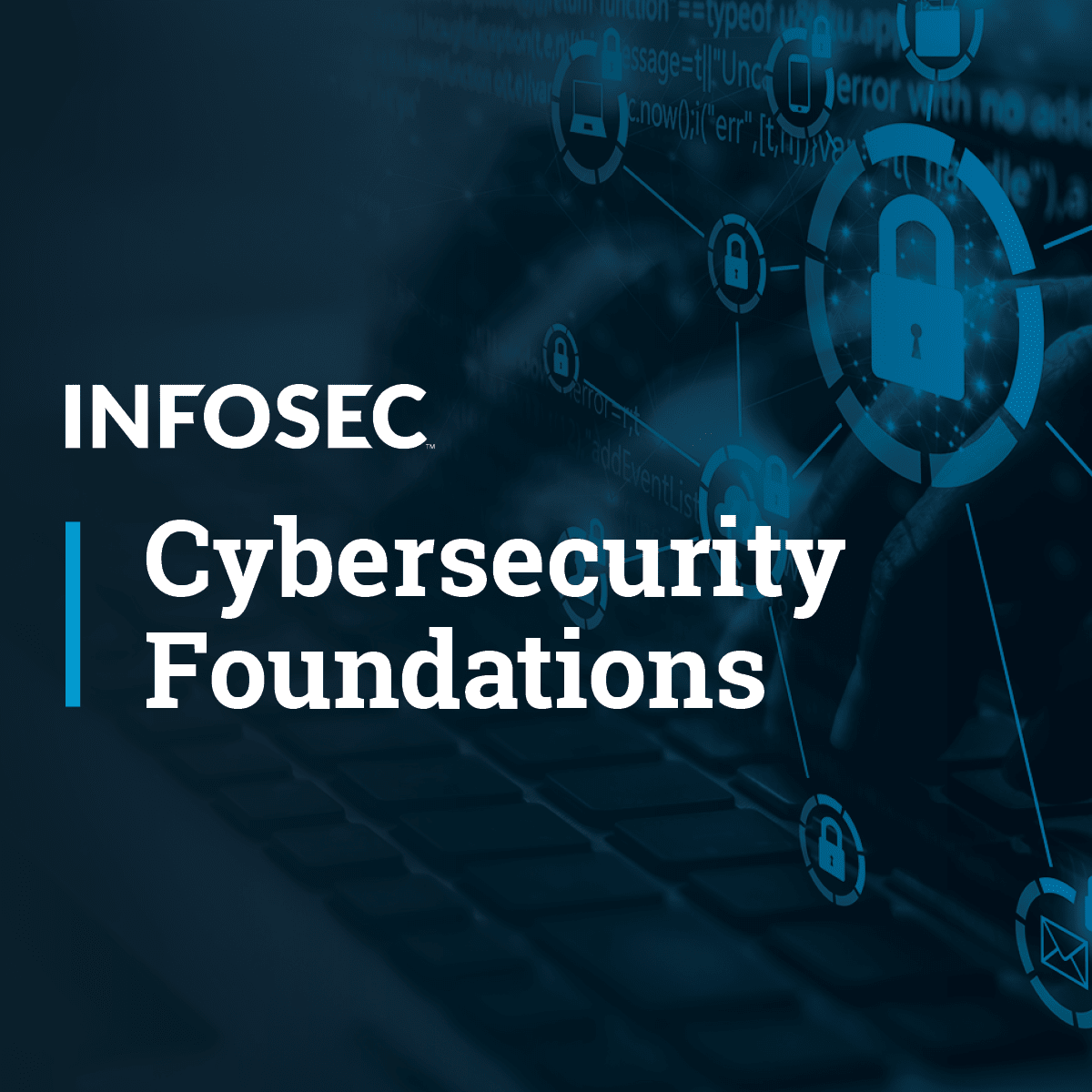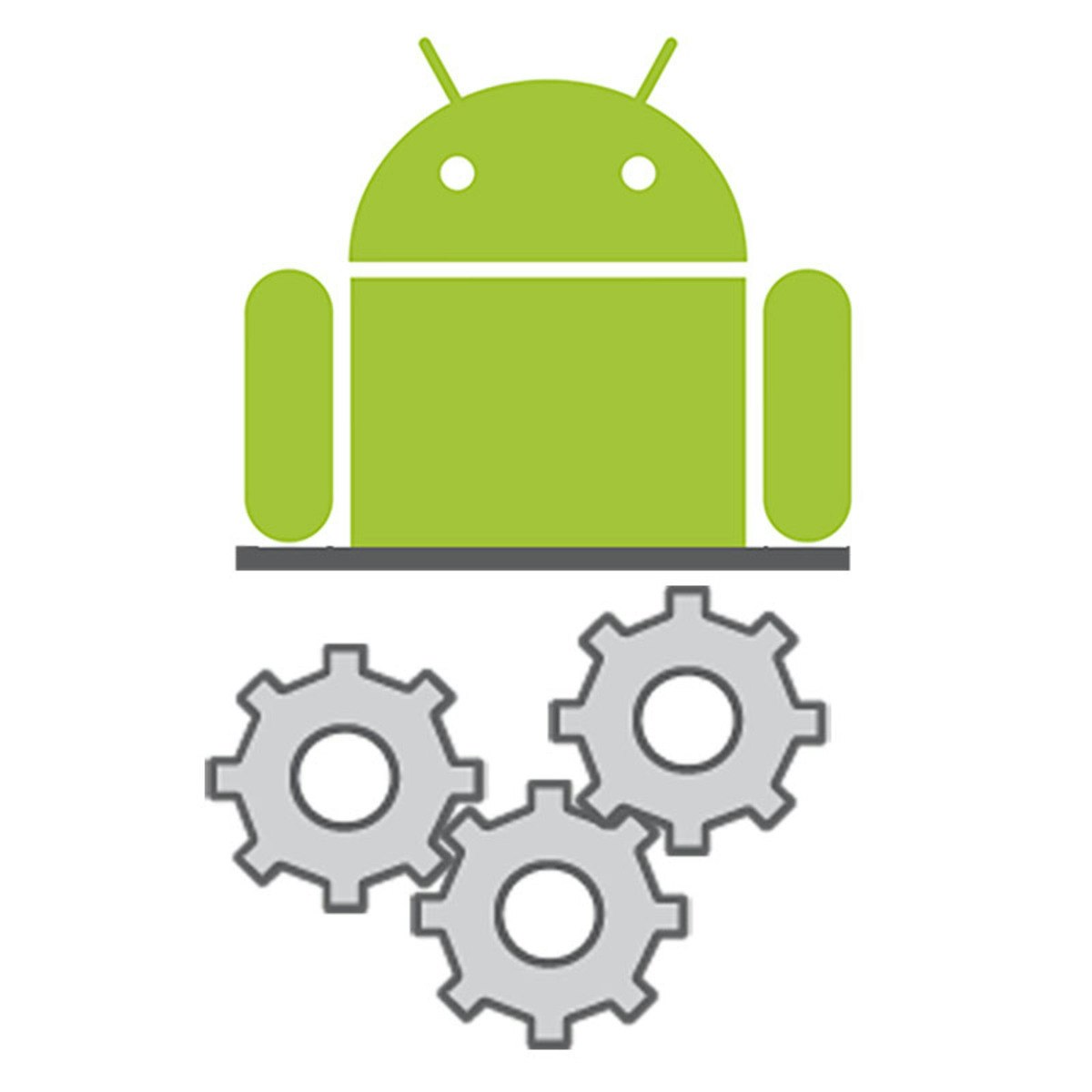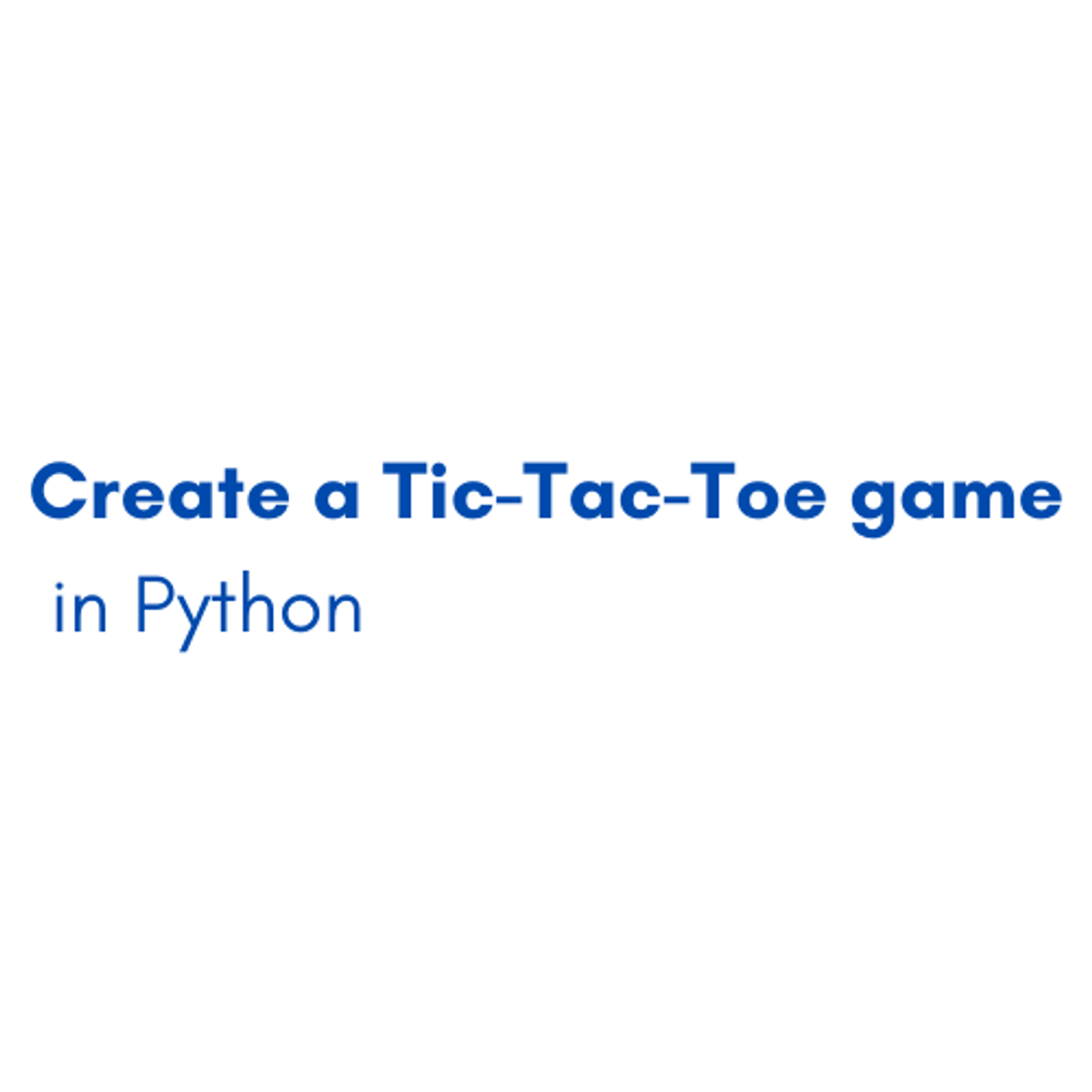Back to Courses









Computer Science Courses - Page 144
Showing results 1431-1440 of 2309

Introduction to Cybersecurity Foundations
Most introductory or beginner level cybersecurity courses are not truly beginner level. Most of them assume some level of technical competence and expect that cybersecurity is not your first technical job role. However, as I've successfully mentored people coming from fields such as nursing, aviation (an airline pilot!), and real estate, I've learned that these people are underserved as far a true introduction. This Learning Path is an answer to that gap.

Design a Remote Sprint to Test Prototypes in Miro
By the end of this project, you will be able to design and build a remote 5-day sprint to develop and test prototypes. As you work through your project, you will understand how this process helps teams efficiently and effectively deliver products with high levels of user acceptance.
To do this, you will gain hands-on experience applying agile thinking to place the right people on a cross-functional team, assign roles, and create a roadmap for prototype development and testing success, and visualize the sprint in the Miro online visual collaboration platform for teamwork.
Note: This course works best for learners who are based in the North America region. We’re currently working on providing the same experience in other regions.

Android App Components - Intents, Activities, and Broadcast Receivers
This 4 week MOOC builds upon the overview of Java and Android covered in Course 1 by delving deeper into core Android app components, such as intents, activities, and broadcast receivers. You will learn by example how to program these core Android components together with Android concurrency frameworks and basic Java file I/O classes (such as File and InputStream) and Android storage mechanisms (such as Shared Preferences). You'll also learn how to use the Git source code management system. Throughout this MOOC you'll work incrementally on a project involving downloading, storing, and display images from remote websites. Each week you will add additional capabilities to the project, based on material covered in the lecture videos. You'll spend roughly 4 hours per week watching video lectures, taking quizzes, and programming assignments with Java and Android.

Orchestrating Data Movement with Azure Data Factory
Welcome to this guided project about “Orchestrating Data Movement with Azure Data Factory”. This project is for people who are interested in using Azure Data Factory. You don’t need to have any experience with Azure Data Factory, but you should be familiar with a basic concept of data extraction, transformation, and loading.
By the end of this project, you will learn the following:
● How to set up Azure Data Factory
● How to ingest data using the Copy Activity
● How to transform data with the Data Flow

Introduction To Java Database Connectivity - JDBC
In this 1.5 hours long project-based course, you will (learn JDBC core components , Create java apps with back-end database).
JDBC plays a major role in today's software development industries hence we will learn core components of JDBC and will connect java apps into a back-end database (MySQL) to store and retrieve our information permanently.
Note: This course works best for learners who are based in the North America region. We’re currently working on providing the same experience in other regions.

Implement Polyglot Persistence Using SQL and NoSQL Databases
Have you ever wondered what happens to the registration details after you click on the submit button or to the order details once you press the confirm order button when you try to access any website? From where do you think, the details of the product catalogue are fetched to be displayed on the browser?
All dynamic or interactive applications should be able to store the details provided by the user and retrieve them when requested. Most websites require a database. This course will take you through the process of creating, retrieving, updating, and deleting data using SQL and NoSQL databases. It also challenges you with hands-on practices that enable you to perform database operations using shell commands and GUI tools.

Create a Tic-Tac-Toe game in Python
By the end of this guided-project you’ll be able to create a tic-tac-toe game in python using python’s popular library Pygame. Pygame is a set of python modules designed for writing video games. It allows you to create a fully featured game and multimedia programs in the python language. It’s also free, highly portable and runs on nearly every platform and operating system.
You will learn about most of pygame’s functions and modules. You’ll be able to insert drawings and images into your game. You’ll be able to handle events and react to them being activated and finally, You’ll be able to take input from the user.
Note: This course works best for learners who are based in the North America region. We’re currently working on providing the same experience in other regions.

Deep Learning Applications for Computer Vision
This course can be taken for academic credit as part of CU Boulder’s Master of Science in Data Science (MS-DS) degree offered on the Coursera platform. The MS-DS is an interdisciplinary degree that brings together faculty from CU Boulder’s departments of Applied Mathematics, Computer Science, Information Science, and others. With performance-based admissions and no application process, the MS-DS is ideal for individuals with a broad range of undergraduate education and/or professional experience in computer science, information science, mathematics, and statistics. Learn more about the MS-DS program at https://www.coursera.org/degrees/master-of-science-data-science-boulder.
In this course, you’ll be learning about Computer Vision as a field of study and research. First we’ll be exploring several Computer Vision tasks and suggested approaches, from the classic Computer Vision perspective. Then we’ll introduce Deep Learning methods and apply them to some of the same problems. We will analyze the results and discuss advantages and drawbacks of both types of methods. We'll use tutorials to let you explore hands-on some of the modern machine learning tools and software libraries. Examples of Computer Vision tasks where Deep Learning can be applied include: image classification, image classification with localization, object detection, object segmentation, facial recognition, and activity or pose estimation.

Network Defense Essentials (NDE)
Network Defense Essentials covers the fundamental concepts of information security and network defense. This introductory cybersecurity course is designed for today's entry-level information security or cybersecurity careers and is ideal for learners aspiring to pursue a career in cybersecurity.
The course gives a holistic overview of the key components of Information Security such as Identification, Authentication and Authorization, Virtualization and Cloud Computing, Wireless Networks, Mobile and IoT Devices, and Data Security. The interactive labs component of this course ensures that learners receive the hands-on, practical experience required for a future in cybersecurity.
NDE-certified learners have an assured means of formal recognition to add to their resumes and show off their expertise and skills to prospective employers. The purpose of the NDE certification is to recognize the competency and expertise of a professional in network defense and information security skills, thereby adding value to their workplace and employer.

Introduction to Ansible: The Fundamentals
Welcome to "Introduction to Ansible: The Fundamentals".
In this guided project you will learn how to implement infrastructure as a code practice using Ansible, a configuration management tool. The task-based approach that we follow in our guided project will get you a better understanding of Ansible that comes very handy while working on your real-life project. . Most importantly you will leave this course with more confidence that will get you to work in Ansible more efficiently.
Good luck as you get started, and I hope you enjoy the course!
Happy learning !!!!!
